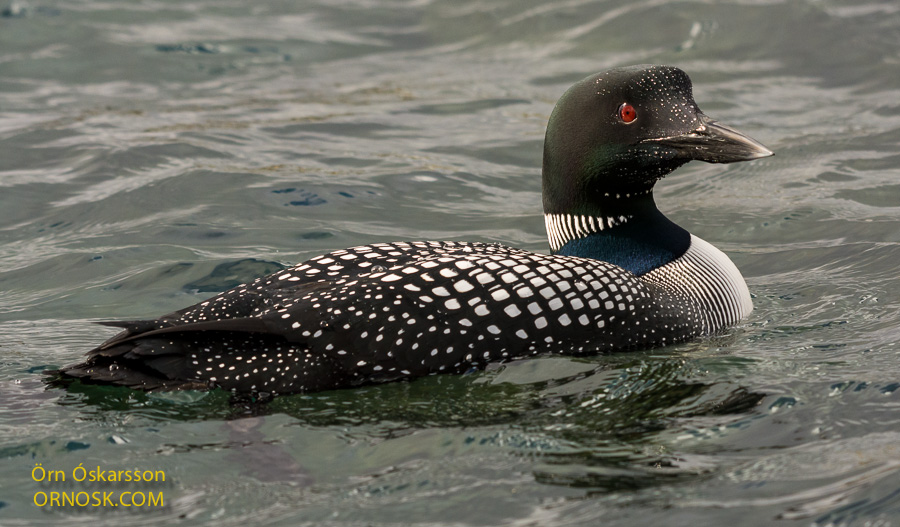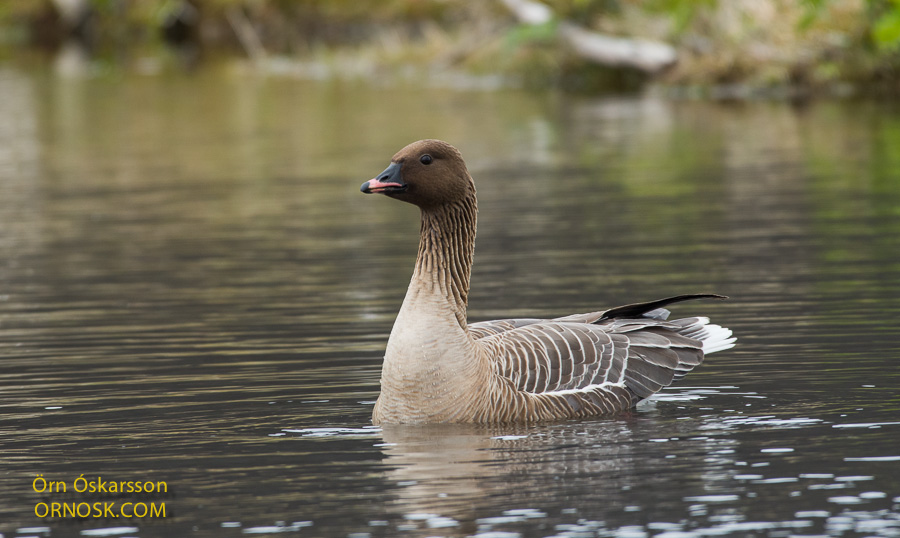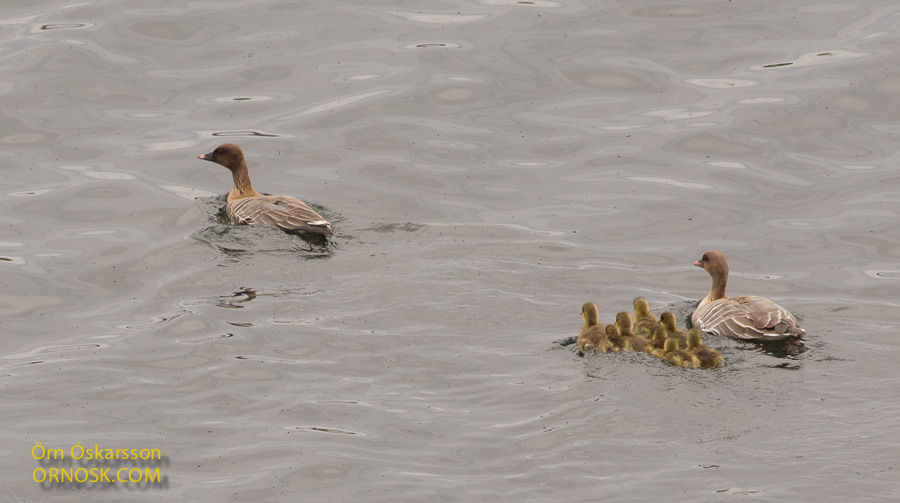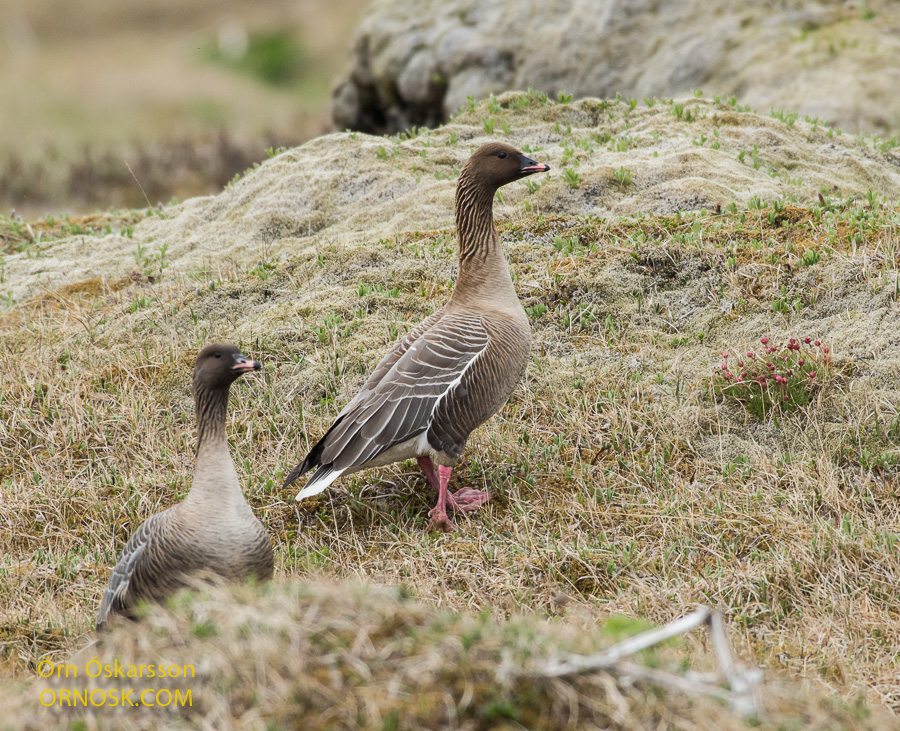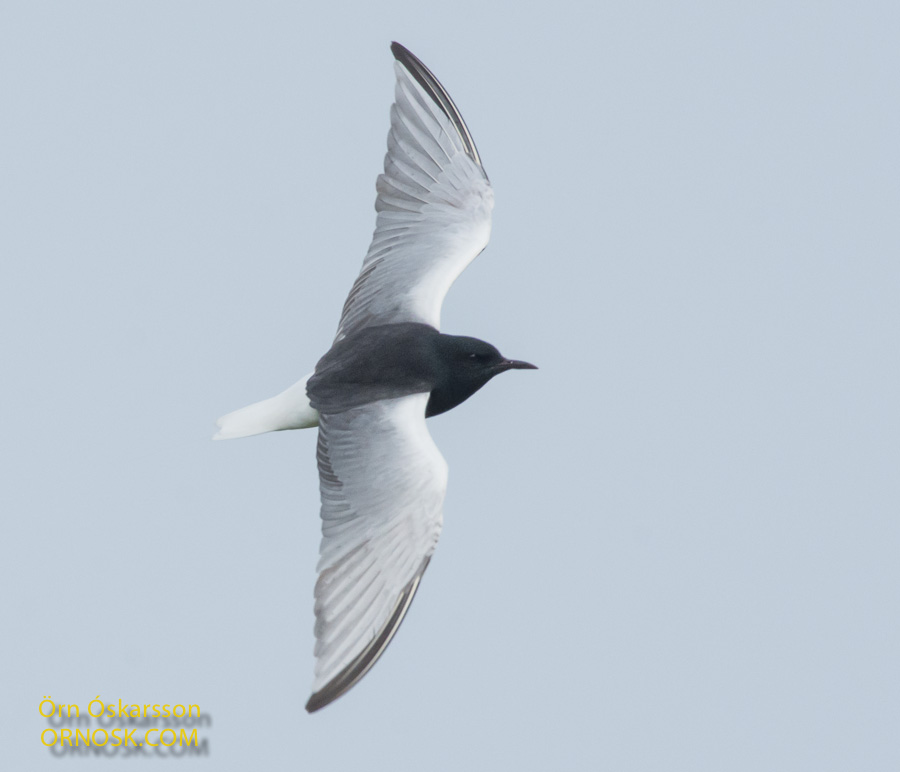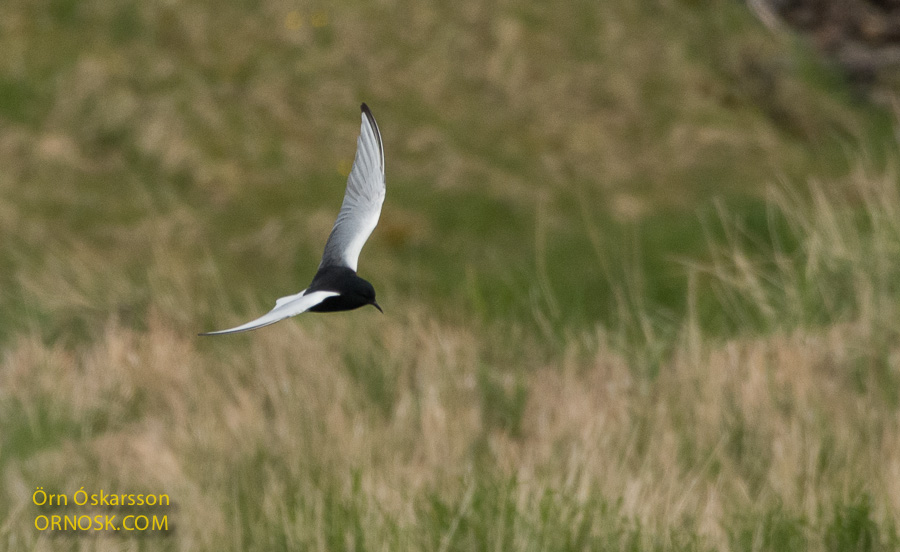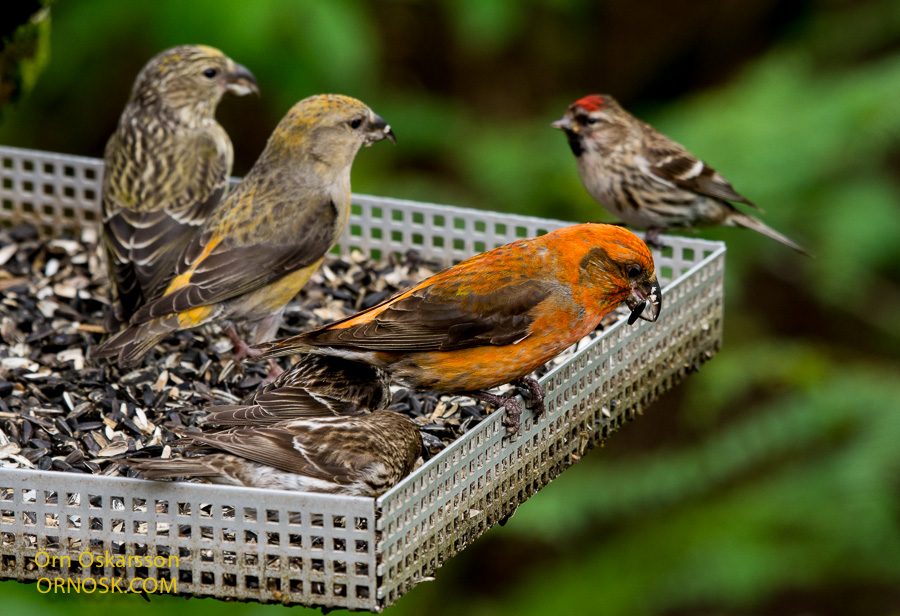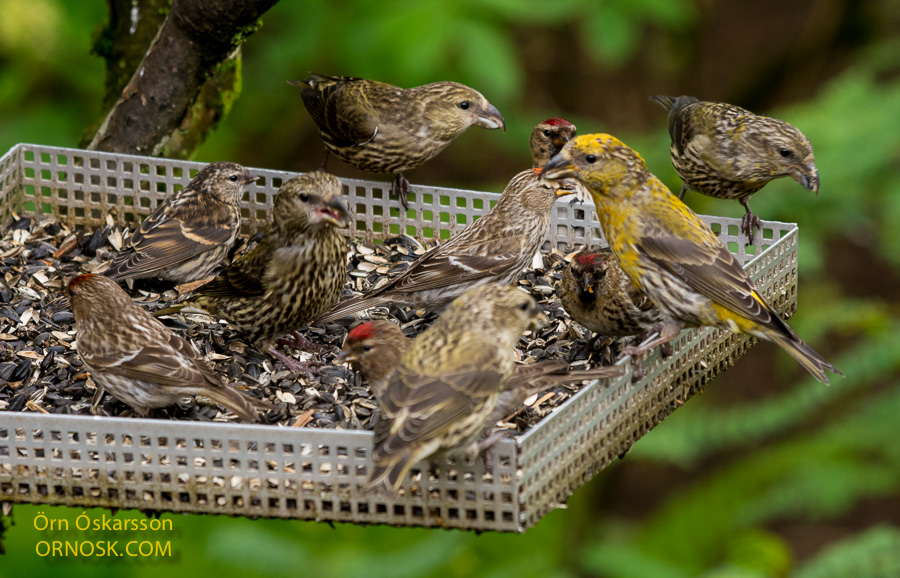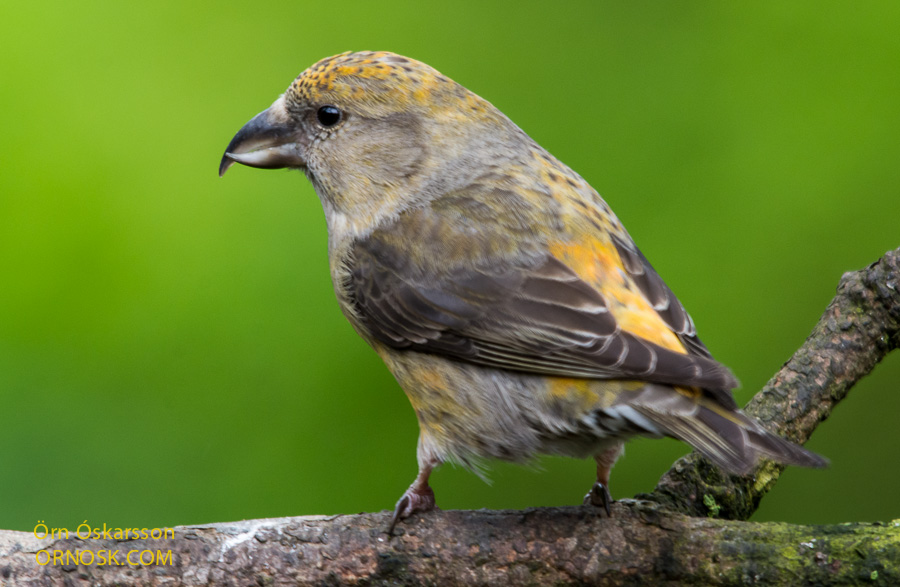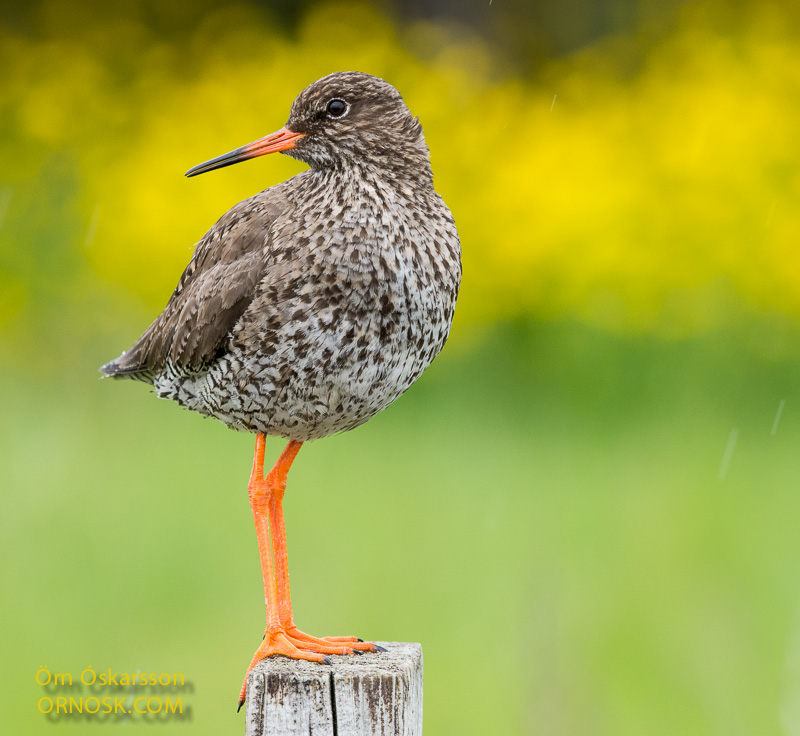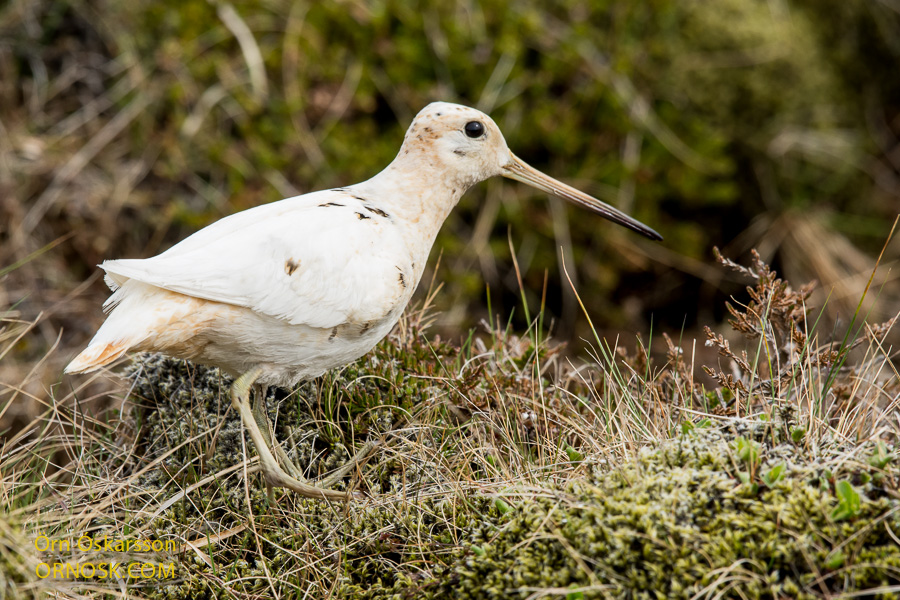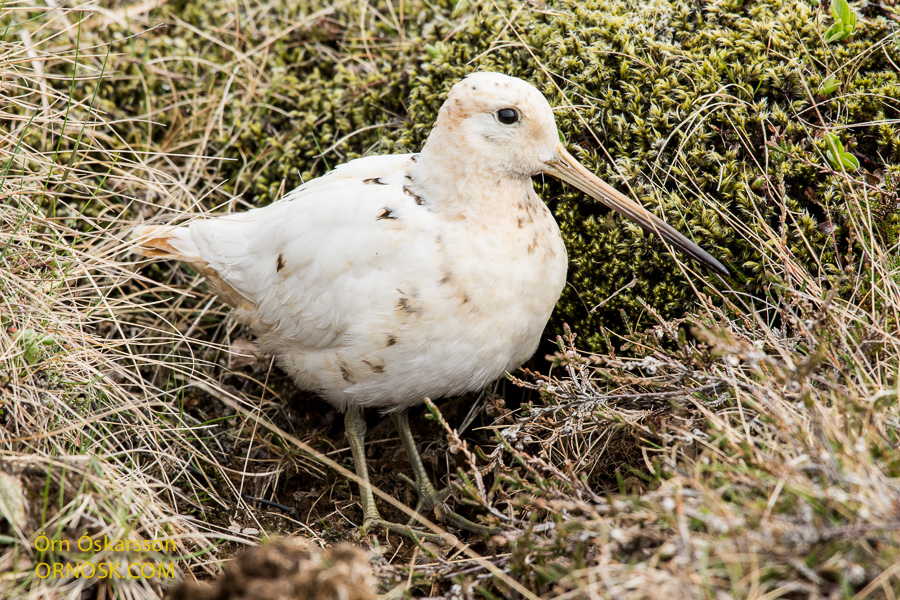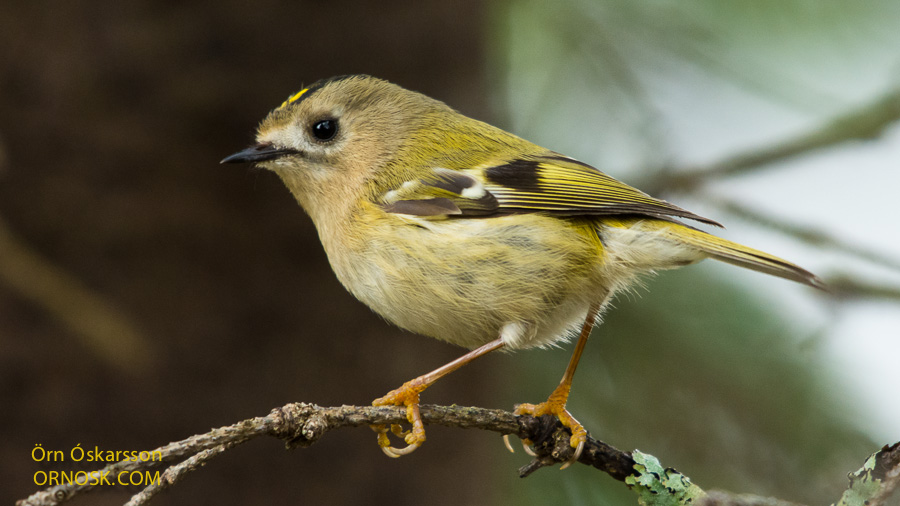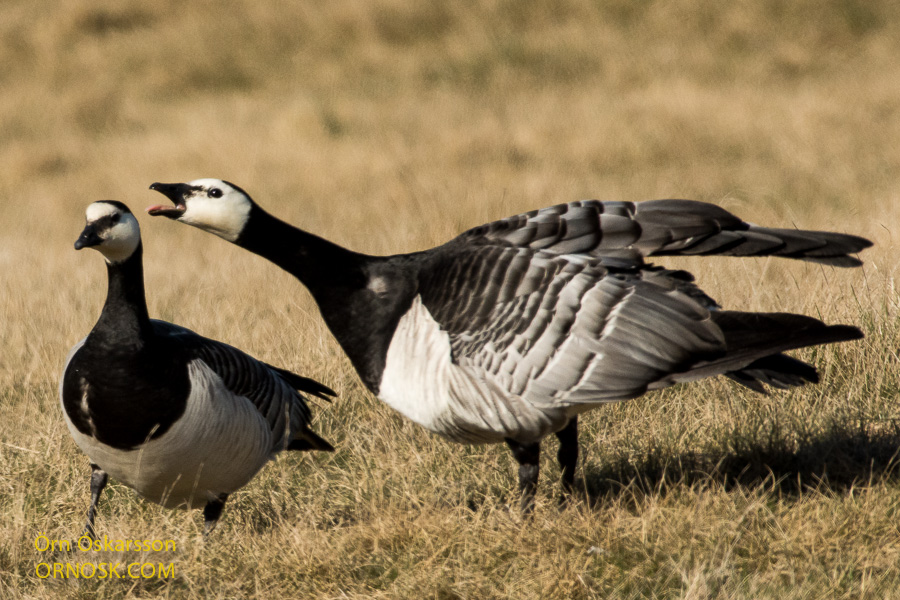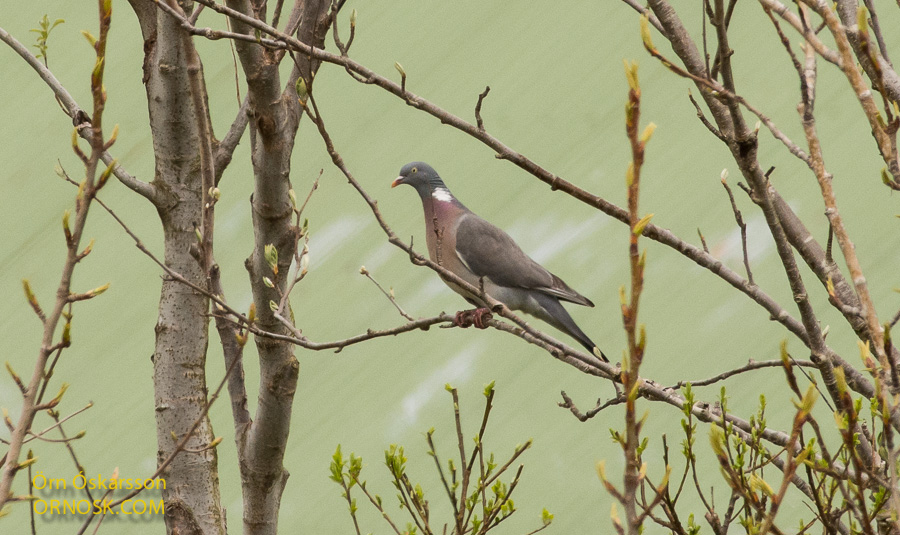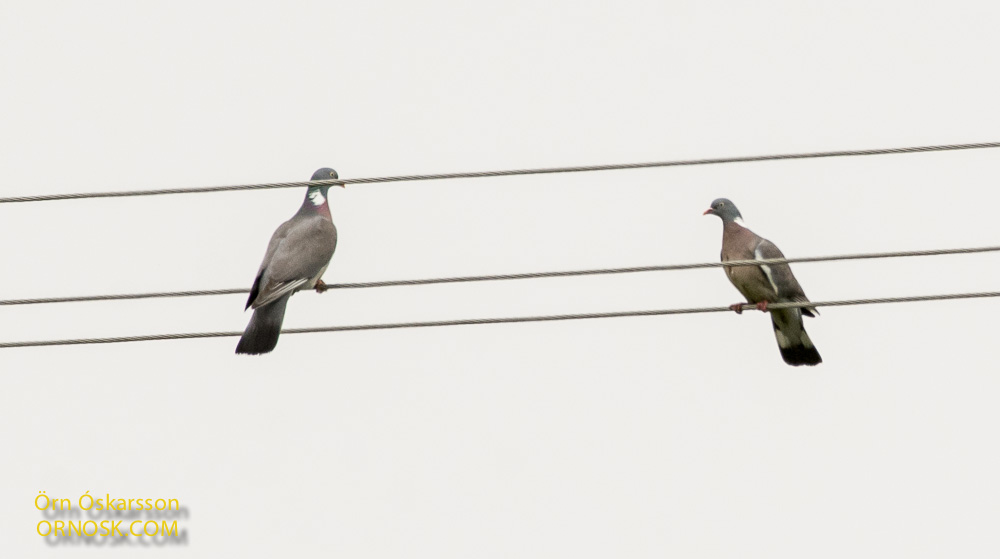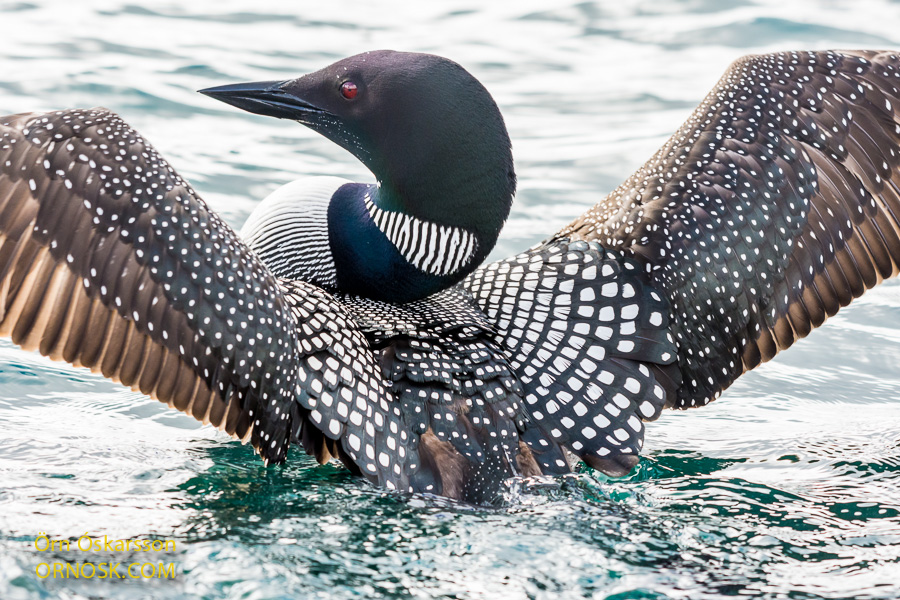
The Great Northern Diver (Common Loon) is a very picturesque bird and interesting to photograph. We say it is the king the of the highland lakes. Veiðivötn or Fishing Lakes is a cluster of lakes in the southern interior. Ordinarily there are around 35 to 40 Great Northern Divers there over the summer time and usually 10 – 15 nests. Pairs are on most of the lakes and non-breeding birds can sometimes be seen in groups.
This summer breeding went well as far as to say there are nesting pairs on most lakes. In the beginning of July the chicks hatch and we wait to see how successful the nesting will be.

